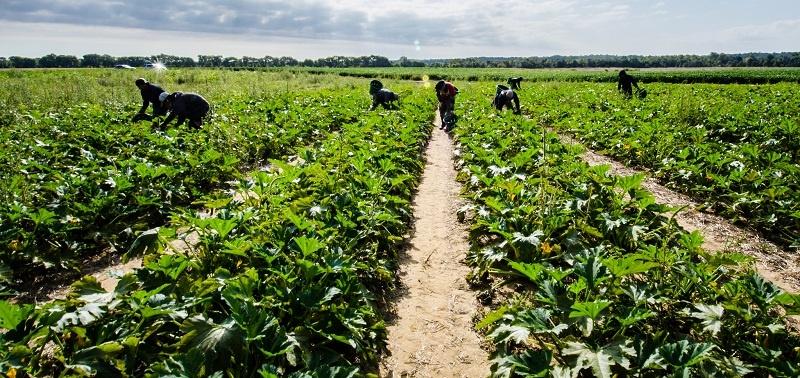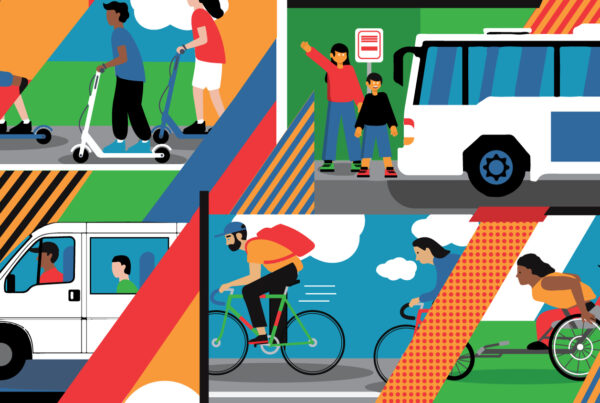With so much innovation in urban mobility in recent years, it’s easy to forget sometimes that sharing a ride doesn’t need to require an app, a credit card or a membership. Sometimes, it doesn’t even require money.
For years, the central California town of Huron has been served by a grassroots system of raiteros—retired farmworkers who provide rides to get people to hospitals, courts and other critical appointments. Most use their own vehicles and work for little more than gas money and lunch, if their passengers can afford it.
These drivers provide an informal support system that helps residents reach vital services, most of which are located more than 50 miles away in the city of Fresno. Otherwise, the trip is only possible via a bus that runs once a day and takes upwards of three hours.
According to Huron mayor Rey Leon, the length of that bus ride is a powerful physical and psychological barrier for his community, which has one of the highest poverty rates in the state.
“There might as well be a wall between Huron and the world’s opportunities,” he said.
Several years ago, as funding began to become available in California for initiatives that reduce greenhouse gas emissions, Leon began thinking about ways he could use it to bolster the raitero network, which he views as an “indigenous Uber” service.
Fast forward to January 2017, when the California Public Utilities Commission approved $519,000 in funding to launch Green Raiteros. The pilot program will provide a shared fleet of zero-emission electric vehicles that drivers can access on demand and help develop a centralized dispatch system to support the raiteros network. The program, which is set to debut this fall, will also offer some additional financial support for volunteer drivers.
The Shared-Use Mobility Center is proud to be providing technical assistance to support the design and launch of the Green Raitero program. In the months ahead, SUMC will be working with Mayor Leon and other stakeholders—including the San Joaquin Valley Latino Environmental Advancement Project (Valley LEAP) and the Fresno County Rural Transit Authority—to help develop a business plan and advise on ways to best manage the shared fleet incorporating industry best practices.
More information about the Green Raiteros program is available in this recent feature in the New York Times. To keep up to date about SUMC’s work on Green Raiteros and other projects, be sure to sign up for our newsletter.
Image credit: U.S. Department of Agriculture


